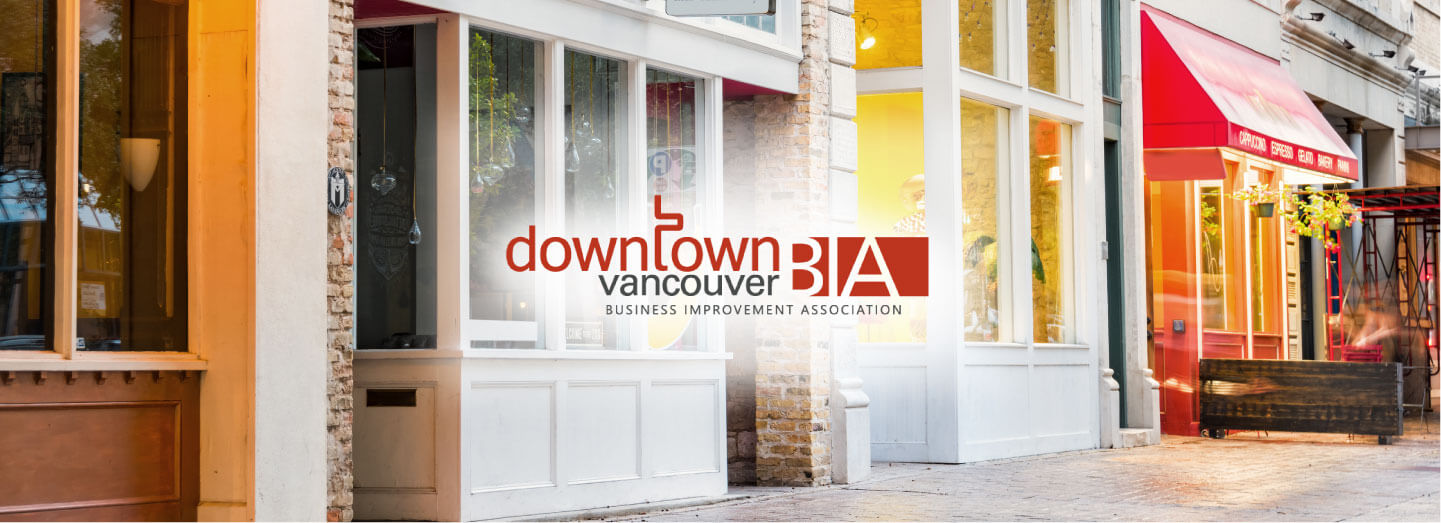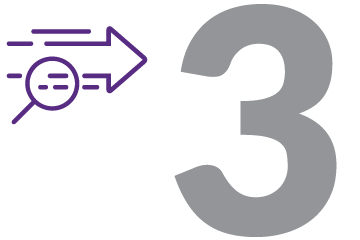Case Study: Downtown Vancouver Business Improvement Association

The Downtown Vancouver Business Improvement Association (DVBIA) supports and promotes the shared interests of 7,000 businesses and property owners in the central 90-block area of Vancouver’s downtown core. The DVBIA represents their members’ shared goals to drive creative solutions and take meaningful action to constantly improve the downtown Vancouver experience.
"Understanding who visited the downtown core pre-pandemic and who continued to visit throughout has helped inform our recovery efforts. Environics Analytics’ support has been vital in highlighting opportunities for our member businesses to better target their marketing campaigns."
Challenge
Solution
-

Equipped with EA data, an automated template was created to analyze month-by-month visitor traffic to downtown Vancouver's retail and business corridors. This template provided detailed and timely updates of visitors and was supplemented by weighted reports that helped visualize the areas that visitors were typically coming from at the FSA level, what PRIZM segments they belonged to, and how those have changed over the months.
-

The analysis conducted in solution one provided data for a one-year period. Updates utilizing MobileScapes data were presented through data tables on a quarterly basis after that. Within the 90-block area of the DVBIA, visitor distribution maps, summary tables and PRIZM profiles were produced and delivered in flat files to complement the automated template.
-

Leveraging the automated template and weighted reports provided the DVBIA with multiple ways to intuitively access data on visitors to the area, combined with the ability to repeat this kind of analysis moving forward. These user-friendly tools and ad-hoc reporting have enabled the DVBIA to better understand what their primary visitors look like at any given time and share insights with their member businesses as they strive towards pandemic recovery.
Results
The automated template and weighted reports have allowed the DVBIA to respond to sudden changes in visitor traffic and identify what their primary visitors now look like—young, single, and diverse—while recognizing that their family-based visitors decreased significantly from the start of the pandemic.
Analysis revealed that as lockdowns initially hit, the time it took to reach 70% of visitors to the West Hastings BIA increased by ~6 minutes compared to 2019. However, as restrictions began to lift between July and October 2020, the distance decreased to ~2 minutes difference from previous years.
These insights are guiding the DVBIA in planning future events and retailers that are appropriate for the area and determining the best marketing mix to reach their ideal visitors to ensure the most effective ROI.

